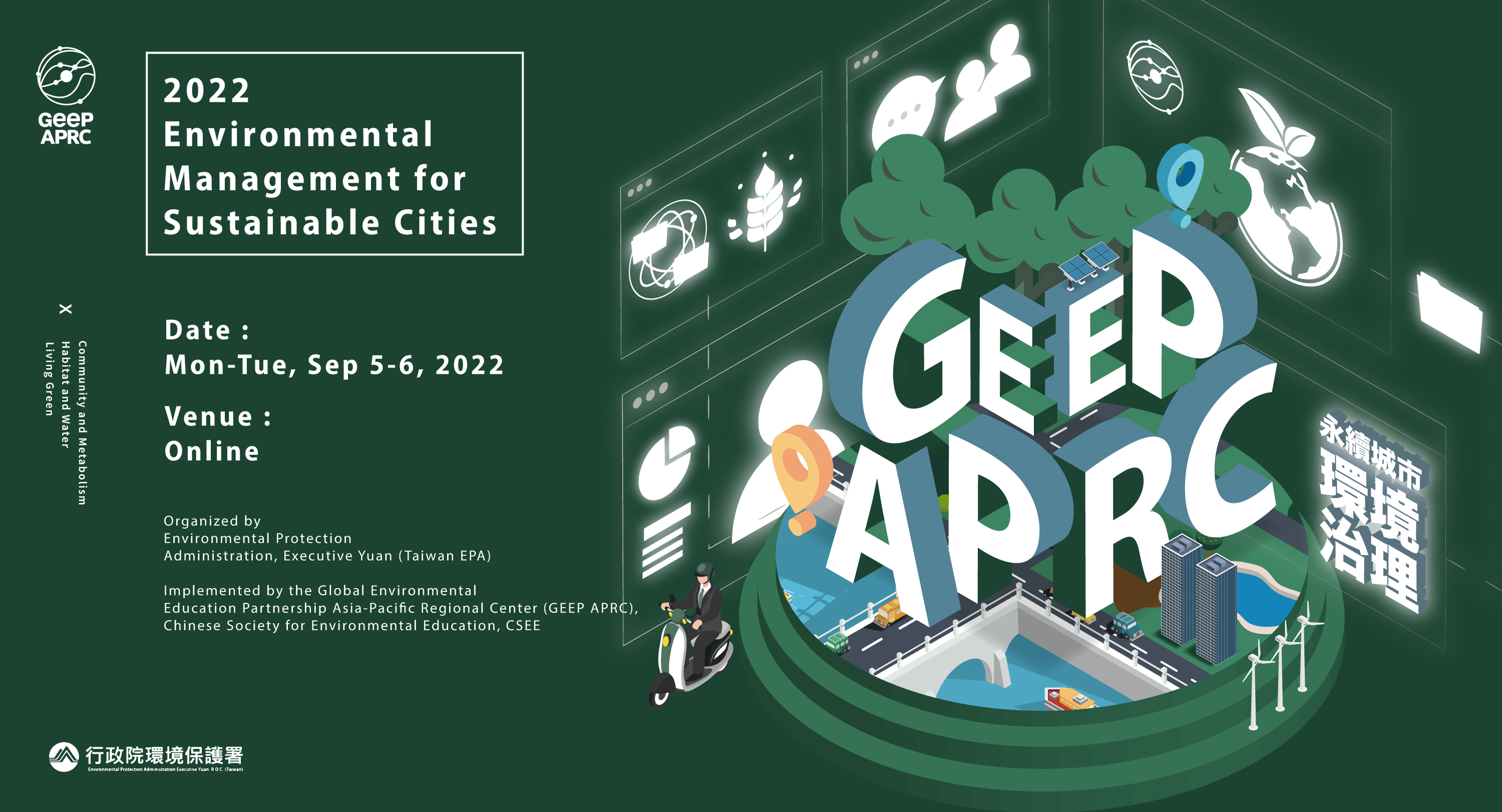
Environmental Management Strategies for Cities: an Environmental Education perspective
According to recent guidance from Unesco (2017) on educating for the Sustainable Development Goals, the key methods for learning for the SDGs (Box 2.4.4, p.55) are:
- Collaborative real-world projects, such as service-learning projects and campaigns for different SDGs
- Vision-building exercises such as future workshops, scenario analyses, utopian/dystopian story-telling, science-fiction thinking, and forecasting and backcasting
- Analyses of complex systems through community-based research projects, case studies, stakeholder analysis, actors’ analysis, modelling, systems games, etc.
- Critical and reflective thinking through fish-bowl discussions, reflective journals, etc.
While in this instance Unesco’s guidance is primarily designed for education officials, policy-makers, educators and curriculum developers, their wider scope reaches beyond formal settings for education (i.e. schools, colleges and universities). Indeed, within the Futures of Education report, Unesco (2021) emphasises that learning for the SDGs has to be understood as lifelong and lifewide if it is improve living on this planet, i.e. it happens especially well in settings that are intergenerational and free-choice (e.g. museums, gardens, in streets and public squares), as in the everyday, and events, of city living.
But rather than suggest anything goes, Unesco’s (2017, p.54) key guidance on implementing learning for the SDGs emphasises the value of ensuring the following are addressed:
- the needs of the learner group (e.g. based on age, prior knowledge, interests, abilities);
- the context in which the learning takes place (e.g. space in or beyond the curriculum, pedagogical climate, cultural traditions); and
- the resources and support available (e.g. educator competencies, teaching/learning materials, technology, money).
This is to ensure that any approach to educating for an SDG is learner-centred, action-oriented and transformative whoever they may be, and in this case, seeks to maximise the livability of urban environments. Folding in considerations of the broader family of priorities of WHO on Urban Health, UN-Habitat (New Urban Agenda) or UNEP’s work programmes on SDG11, the required shift away from relying on traditional forms of education to achieve SDG11 is clear; moreover, Unesco’s (2017, 2021) recommendations for key methods and competency development for the SDGs are much better suited to achieving SDG11 than ‘teaching to the test’ ever was!
Strategies that might be contemplated then include learning from citizen science, awareness raising and behaviour change campaigns, e.g. by collecting and linking environmental and health data, developing vizualisation of city-level ‘big data’, and interactive stakeholder engagement at all levels of urban governance. All these are well suited to diverse learner participation and can mobilise action towards sustainable cities and communities. Examples are available too. They include formal, informal and non-formal education on infrastructure, basic services and health, nutrition and food security, mobility and urban transportation, housing policies and approaches, land use, renewable energy generation, decent jobs and livelihood, safety and natural resources, waste management and air quality, among others.
Habitat III’s New Urban Agenda (2017, p.5) summarises the challenge in creating a shared vision as follows—I note too that in turn this relies on compulsory, civic and professional education being aligned to some degree—that is, working together to envisage cities that:
Are participatory, promote civic engagement, engender a sense of belonging and ownership among all their inhabitants, prioritize safe, inclusive, accessible, green and quality public spaces that are friendly for families, enhance social and intergenerational interactions, cultural expressions and political participation, as appropriate, and foster social cohesion, inclusion and safety in peaceful and pluralistic societies, where the needs of all inhabitants are met, recognizing the specific needs of those in vulnerable situations.
This should be familiar terrain for environmental educators in that they too prioritise (p.8):
environmental sustainability by promoting clean energy and sustainable use of land and resources in urban development, by protecting ecosystems and biodiversity, including adopting healthy lifestyles in harmony with nature, by promoting sustainable consumption and production patterns, by building urban resilience, by reducing disaster risks and by mitigating and adapting to climate change.
In sum, the presentation will elaborate examples of some recommended strategies for developing individual and collective capabilities in managing cities for sustainability through education, identify challenges, and suggest ways for addressing barriers too.
Back to list

